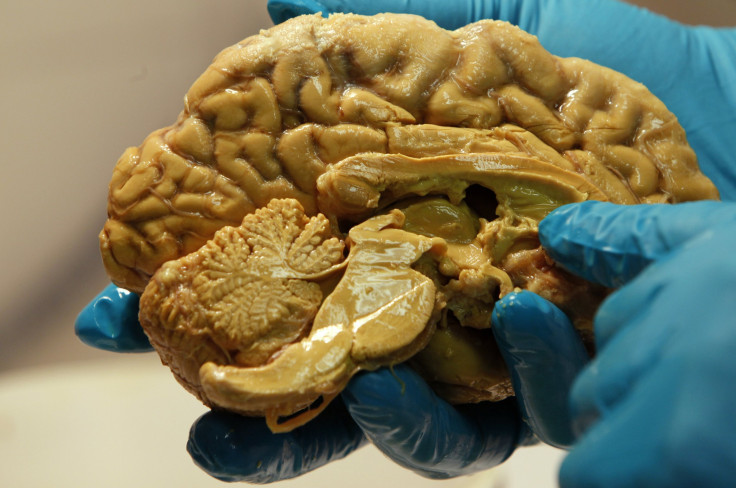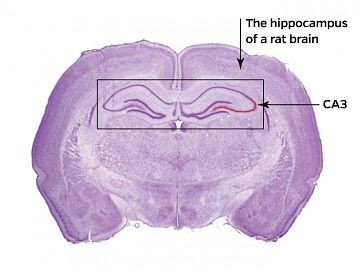Science Of Making Memories: Part Of Your Hippocampus Decides Which Experiences Are New Or Different Versions Of The Same

A new study discovers more information about one part of the hippocampus, the CA3 region, that makes key decisions about what we will and can remember. According to the Johns Hopkins University neuroscientists, this part of the brain answers the key question: Is it the same or is it different?
“The hippocampus is viewed as an associative memory system supporting the formation, storage, and retrieval of memories,” wrote the authors in the introduction to their new study. To maximize storage and recall, many scientists have theorized this “associative memory network” must perform two competing processes: pattern separation and pattern completion.

One example of these competing processes occurs in everyday situations, such as when you see someone wearing a dress that looks similar to one of your own. Naturally, you wonder, is the dress the same as yours but in a different color (blue) or is it a similar though actually different dress than your (red) dress at home. For some time it was believed the hippocampus answered questions like this.
In fact, scientists thought two separate areas of the hippocampus contributed to the process of computing similarities and differences. The dentate gyrus, researchers theorized, automatically encoded each stimulus as new (pattern separation) while the CA3 minimized small changes to classify two separate objects or experiences as essentially the same (pattern completion). In terms of the dress example, the dentate gyrus would assume the blue dress was completely new, while CA3 would ignore the different color and recall your identical, though red, dress at home.
Past studies provided behavioral evidence that the hippocampus does indeed perform pattern separation and completion in this manner. However, the current study looks at the cellular evidence and finds the function of the CA3 may be more complex than previously imagined. To learn more about this tiny brain region, a research team, led by Dr. James J. Knierim, a professor at Johns Hopkins’ Zanvyl Krieger Mind/Brain Institute, designed an unusual experiment.
Pattern Recognition
Essentially, the scientists peeked into the brains of rats as the rodents explored a changing environment. After implanting electrodes in the hippocampus of each rat, the researchers trained the rodents to run around a track, following a Hanzel and Gretel trail of chocolate sprinkles. The track floor had four different textures, which the rats could see, feel, and smell: sandpaper, carpet padding, duct tape, and a rubber mat. The researchers surrounded this playful track with a black curtain containing distinct objects and then allowed the rats to explore and build mental maps of the entire environment.
After 10 days, the experimenters switched things up: They rotated the curtain clockwise, while rotating the track counter-clockwise to create a perceptual mismatch in the rats' mental map. The effect was similar, explained Knierim, to arriving home, opening the door, and seeing all your furniture moved and your pictures hanging on different walls. (Disorienting, to say the least.)
So what happened inside each rat’s hippocampus? Once the switch occurred, one part of CA3 changed activity patterns to create a new memory of the altered environment, while another part of CA3 retrieved an activity pattern from the original memory. Together, then, the two parts of CA3 contributed to both pattern separating and pattern completing, while also passing this information along to other areas of the brain.
Importantly, the neuroscientists say that whenever the familiar environment (or dress) is indeed new, the brain creates a new and distinct memory to prevent future confusion. "The final job of the CA3 region is to make the decision: Is it the same or is it different?" Knierim said in a press release.
Source: Lee H, Wang C, Deshmukh SS, Knierim JJ. Neural Population Evidence of Functional Heterogeneity along the CA3 Transverse Axis: Pattern Completion versus Pattern Separation. Neuron. 2015.



























